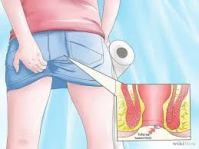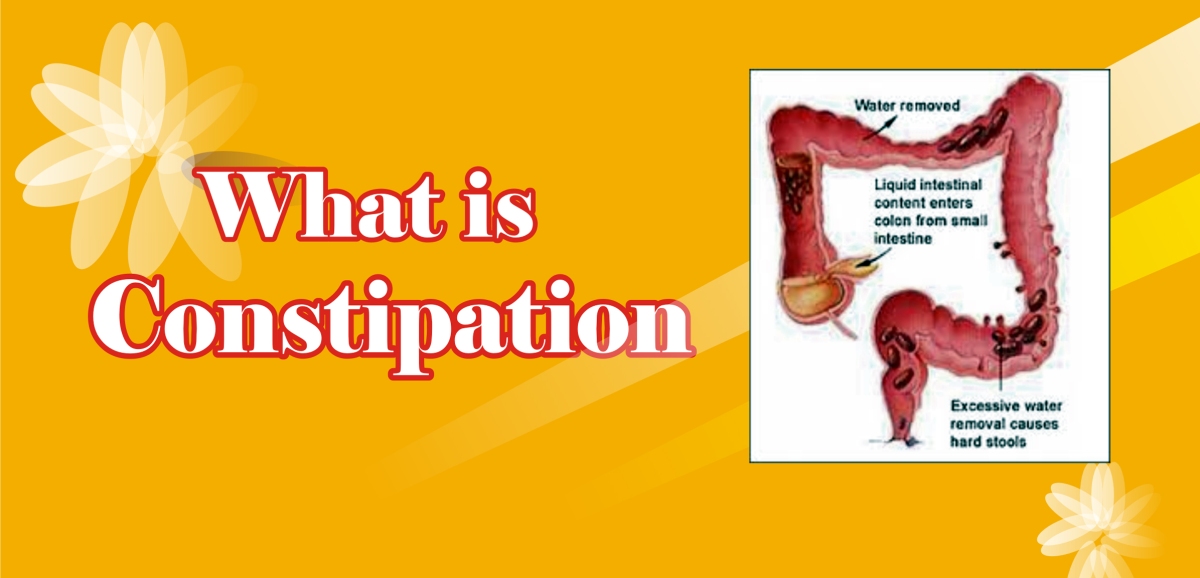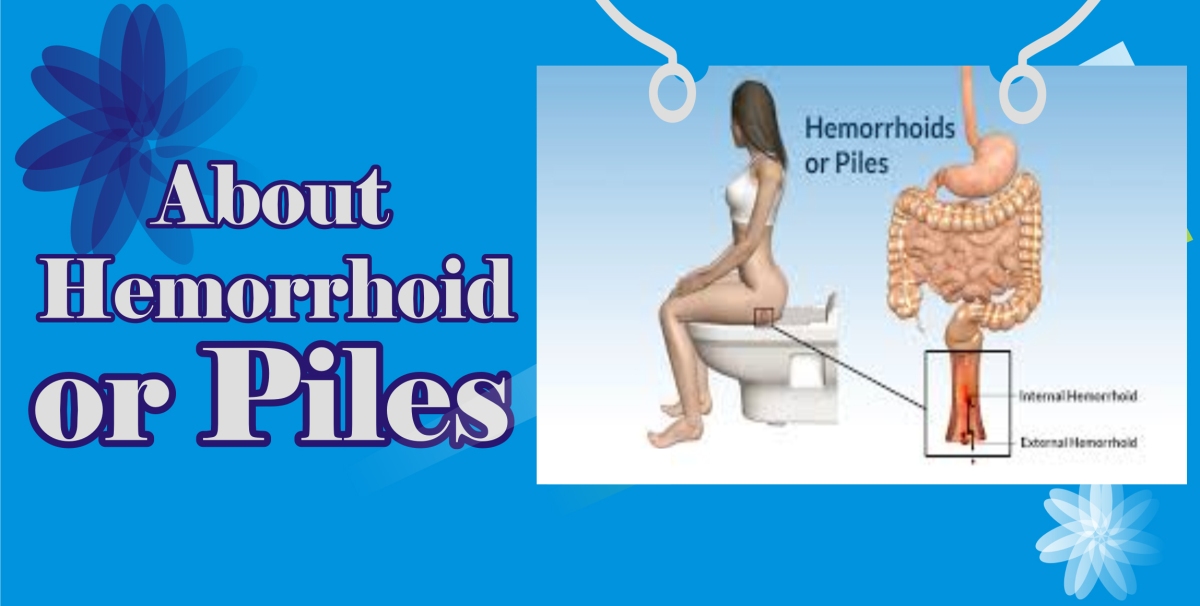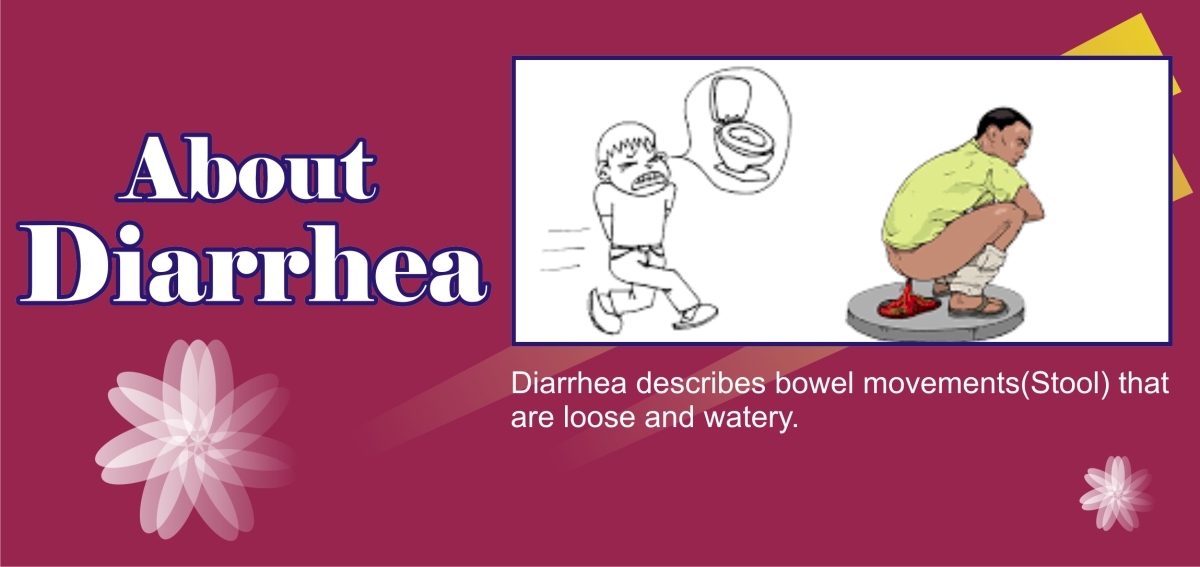Hemorrhoids (Piles) are blood vessels located in the smooth muscles of the walls of the rectum and anus.
Definition of hemorrhoid
Hemorrhoids (Piles) are blood vessels located in the smooth muscles of the walls of the rectum and anus. They are a normal part of the anatomy and are located at the junction where small arteries merge into veins. They are cushioned by smooth muscles and connective tissue and are classified by where they are located in relationship to the pectinate line, the dividing point between the upper 2/3 and lower 1/3 of the anus. This is an important anatomic distinction because of the type of cells that line the hemorrhoid, and the nerves that provide sensation.
Internal hemorrhoids are located above the pectinate line and are covered  with cells that are the same as those that line the rest of the intestines. External hemorrhoids arise below the line and are covered with cells that resemble skin.
with cells that are the same as those that line the rest of the intestines. External hemorrhoids arise below the line and are covered with cells that resemble skin.
Hemorrhoids become an issue only when they begin to swell, causing itching, pain and/or bleeding.

What causes hemorrhoids?
While the presence of hemorrhoids is a reflection of the normal anatomy, most people and care professionals refer to hemorrhoids as an abnormal finding because they only present when they swell and cause problems.
Hemorrhoid swelling occurs when there is an increase in the pressure in the small vessels that make up the hemorrhoid causing them to swell and engorge with blood. This causes them to increase in size leading to symptoms. Increased pressure may be caused by a variety of factors:
- Low fiber diet and smaller caliber stool causes a person to strain when having a bowel movement, increasing the pressure within the blood vessels.
- Pregnancy is associated with hemorrhoid swelling and is likely due to increased pressure of the enlarged uterus on the rectum and anus. In addition, hormonal changes with pregnancy may weaken the muscles that support the rectum and anus.
- Prolonged sitting on the toilet may increase pressure within the hemorrhoid blood vessels
- Obesity
- Diarrhea, both acute and chronic
- Colon cancer
- Previous rectal surgery
- Spinal cord injury and lack of erect posture

What are the signs and symptoms of a hemorrhoid?
- Hemorrhoids are the most common cause of rectal and anal complaints. The most common complaint is painless bleeding, anal itching, pain, swelling and feeling a lump at the anus are all associated with an inflamed hemorrhoid.
- It is important to remember that rectal bleeding or blood in the stool is never normal and while it may come from a relatively benign cause like hemorrhoids, more serious causes can be life threatening. These include bleeding from ulcers,diverticulitis, inflammatory bowel disease, and tumors. If rectal bleeding occurs, it is important to contact your health care professional or seek emergency medical care. This is especially important if the person is taking blood thinning medications.
- When an internal hemorrhoid becomes inflamed, it can cause swelling. This in itself does not cause pain because there are no pain fibers attached to the veins above the pectinate line. Passing a hard stool can scrape off the thinned lining of the hemorrhoid causing painless bleeding. However, the swollen hemorrhoid can also cause spasm of the muscles that surround the rectum and anus causing pain, especially if they protrude or prolapse through the anus. A lump can be felt at the anal verge. Internal hemorrhoids can also thromboses (clot) leading to severe pain.
- The inflamed hemorrhoid can leak mucus that can cause inflammation of the skin surrounding the anus causing burning and itching, known as pruritis ani. However, other causes of itching include yeast and other skin infections and parasites like pin-worms. Most importantly, just as blood in the stool should not ignored in the stool because it mike be a sign of colon cancer, anal itching or bleeding should not be presumed to be due to hemorrhoids because it can be a sign of anal cancer tumor.
- External hemorrhoids behave differently since they are covered by “regular skin” and have pain fibers associated with them. A thrombosed external hemorrhoid occurs when an underlying vein within the hemorrhoid clots off causing intense pain from the rapid stretching of the skin covering the hemorrhoid. A hard painful lump can be felt at the anus. External hemorrhoids can also result in excess skin tags that can be felt at the anal verge and can cause difficulties with cleaning after a bowel movement, leading to secondary skin infections
What does a hemorrhoid look like?
Normal hemorrhoidal tissue cannot be seen since they must first swell and become inflamed or develop a clot to cause symptoms. One can see swollen external hemorrhoids or prolapsed internal hemorrhoids exposed outside the anus but internal hemorrhoids cannot be seen because they remain inside the anus. A thrombosed hemorrhoid will appear as a lump at the anal verge, protruding from the anus and will be dark bluish in color because of the blood clot contained inside the swollen blood vessel. A non-thrombosed hemorrhoid will appear as a rubbery lump. Often more than one swollen hemorrhoid appears at the same time.
How are hemorrhoids treated?
Regardless of the size or swelling of a hemorrhoid, no treatment is required if symptoms do not exist.
Prevention is perhaps the most effective treatment. Diet and adequate hydration are very important to maintain normal bowel movements. Hemorrhoid symptoms can occur with the passage of hard stool and constipation, as well as diarrhea and frequent bowel movements. For patients with constipation, high fiber diet, adequate hydration and stool softeners may be required. For those with too frequent bowel movements, antidiarrheal medications and diet adjustments may be required. These preventive measures decrease the amount of straining that is required to have a bowel movement, thus decreasing the pressure within the blood vessels to prevent swelling.
Once hemorrhoid symptoms develop, a variety of treatment options exist, depending upon the situation and severity of the hemorrhoids.
Internal hemorrhoids are graded by the degree of prolapse below the pectinate line into the anal canal.
- Grade 1:the internal hemorrhoid bulges into the canal but does not prolapse or fall completely into it. These may bleed.
- Grade 2:the hemorrhoid protrudes past the anal verge with straining for a bowel movement or passage of flatus, but spontaneously return to their original internal position once the straining has subsided.
- Grade 3:the hemorrhoid may protrude past the anal verge without any straining and requires the patient to push them inside manually.
- Grade 4:the internal hemorrhoid always stays protruded or prolapsed and is at risk for thrombosis or strangulation should the anal muscles go into spasm.






 with cells that are the same as those that line the rest of the intestines. External hemorrhoids arise below the line and are covered with cells that resemble skin.
with cells that are the same as those that line the rest of the intestines. External hemorrhoids arise below the line and are covered with cells that resemble skin.





